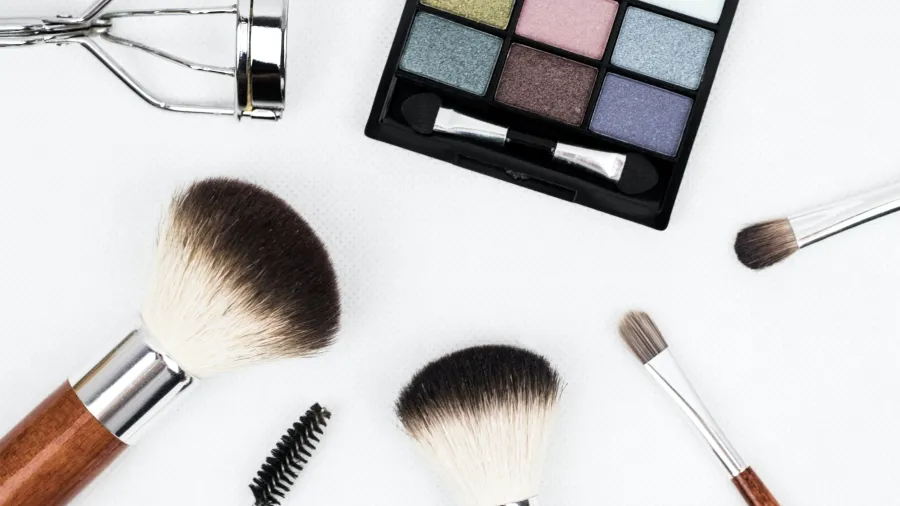
How beauty brands can penetrate the Japanese market
They can leverage on K-Beauty products and traditional ingredients, amongst others.
Beauty brands can grow their businesses in the Japanese market by leveraging on four consumer trends that could drive opportunities such as the popularity of Korean Beauty, the use of traditional ingredients, and eye makeup products and hair treatments.
Speaking at the in-cosmetics Korea 2023, Reiko Hasegawa, senior Beauty and Personal Care analyst at Mintel, said Japanese consumers, particularly the younger generation are looking up to the K-pop industry, citing social media data that shows K-Beaauty and colour cosmetics are “linked” and the trend will not slow down soon.
“Local and overseas brands should look closer at K-Dramas and leverage a similar style to communicate with consumers while offering ways to recreate looks featured in the entertainment,” Reiko said.
Brands may also integrate and update well-known ingredients such as hyaluronic acid and collagen to tap into the market as traditional ingredients “resonate well” with them.
ALSO READ: Ayurvedic beauty, personal care regain traction in India
Reiko, however, said that brands should communicate ingredient transparency to customers as they may take a while to trust new ingredients.
Meanwhile, undereye makeup regains ground in Japan as consumers are influenced by K-Beauty and Chinese Beauty.
“Makeup brands can highlight the benefits of undereye makeup products and make products multifunctional to drive usage. In addition, show consumers how refining the brows can complement the eyes,” she said, adding that Mintel report shows 56% of Japanese consumers bought eyebrow products in the past six months.
Brands can also focus on hair treatment products with a Mintel report showing Japanese female consumers aged 18 to 29 buying rinse-off treatments/masks and conditioners, whilst older consumers aged 60 to 69 are interested in resolving age-related hair issues as they buy two-in-one shampoos and products for hair regrowth.



















 Advertise
Advertise







